Jonathan Livingston Seagull (1973) Online
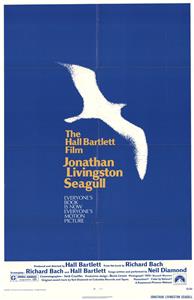
Jonathan is sick and tired of the boring life in his sea-gull clan. He rather experiments with new, always more daring flying techniques. Since he doesn't fit in, the elders expel him from the clan. So he sets out to discover the world beyond the horizon in quest for wisdom.
| Complete credited cast: | |||
| James Franciscus | - | Jonathan Livingston Seagull (voice) | |
| Juliet Mills | - | Marina (voice) | |
| Philip Ahn | - | Chang (voice) | |
| David Ladd | - | Fletcher Lynd Seagull (voice) | |
| Kelly Harmon | - | Kimmy (voice) | |
| Dorothy McGuire | - | Mother (voice) | |
| Richard Crenna | - | Father (voice) |
One of the few movies that film critic Roger Ebert walked out of.
The soundtrack album with music by Neil Diamond was hugely successful. It reached Gold level sales in Germany and the UK, Platinum in France, and 2x Platinum in the US and Canada. The sale of the soundtrack album made a far greater profit than showings of the film (which did only very little more that recoup production costs).
The song "I've Been This Way Before" from Neil Diamond's 1974 album, 'Serenade', was originally written for this film. Diamond had planned it to be the closing song of the film, but he was unable to complete it in time for it to be included.
In many in-flight shots, the seagulls are actually very realistic-looking radio-controlled gliders built by model aviation pioneer Mark Smith.
Richard Bach's novella of the same title, on which the film is based, was a huge bestseller. Over a million copies had been printed by 1972, and it topped the New York Times Best Seller list for 38 weeks in the early 1970s.
The film was the subject of several lawsuits. Author Richard D. Bach sued director Hall Bartlett before the film's release. Bach's contract gave him final cut rights, and he insisted on major changes to the film's story before it was released into theaters. (Interestingly, Bach is not acknowledged as the author of the original book in the film's credits.) Neil Diamond sued Paramount Studios for cutting too much of his music from the film's soundtrack, and was angry when composer Lee Holdridge requested a shared credit over the music. Director Ovady Julber also sued Bartlett, claiming the movie plagiarized his short black-and-white experimental film "La Mer" (c. 1932-1936).
The film's opening prologue dedication reads: "To the real Jonathan Livingston Seagull who lives within us all".
The picture was nominated for two Golden Globe Awards in 1974, for Best Original Song - Motion Picture ("Lonely Looking Sky") and Best Original Score - Motion Picture, both for Neil Diamond, with the latter of the two categories winning.
The film was made and released about four years after its source novella of the same name (aka "Jonathan Livingston Seagull: A Story") by Richard D. Bach had been first published in 1970.
One of the films included in "The Fifty Worst Films of All Time (And How They Got That Way)" by Harry Medved and Randy Lowell.
The Jazz Singer (1980) was not the first theatrical feature film to have music by Neil Diamond as Jonathan Livingston Seagull (1973) had had a background score composed by Diamond for which it won a Best Original Score - Motion Picture Golden Globe award in 1974.
The movie was Oscar nominated for two Academy Awards in 1974, for Best Film Editing and for Best Cinematography, but the picture failed to take home a gong in either category.
Debut theatrical feature film with a music score composed by singer and composer Neil Diamond.
James Franciscus and Richard Crenna, co-stars in this film, had co-starred four years previously in "Marooned," (dir. John Sturges, 1969.)
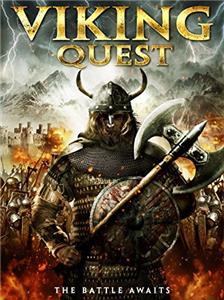
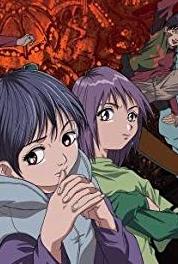

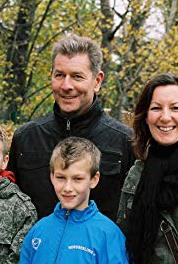
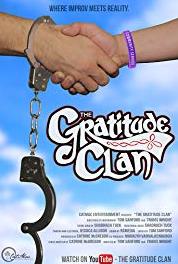




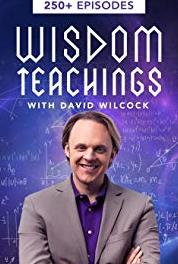
User reviews